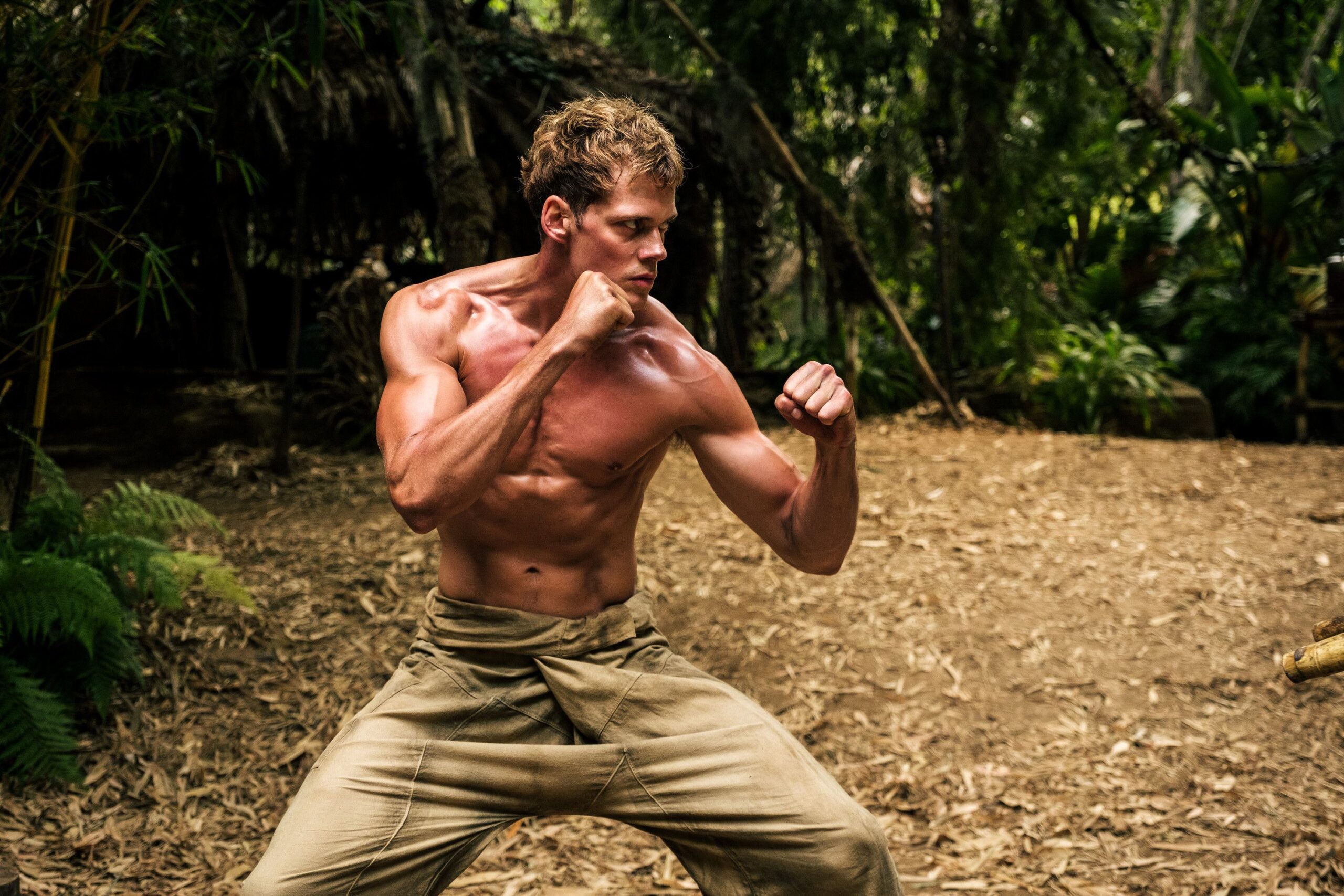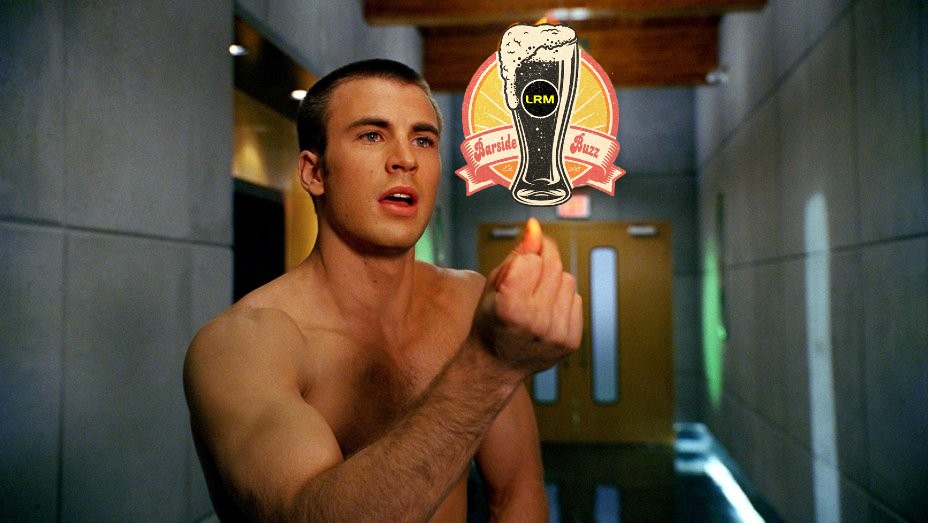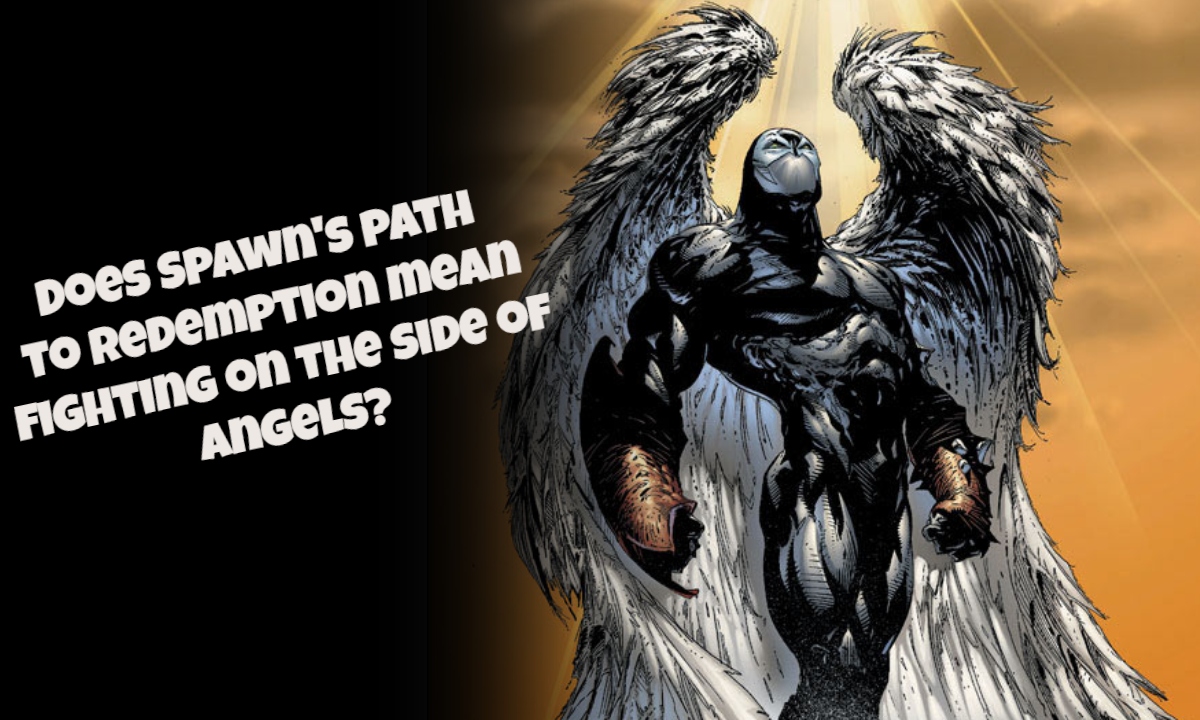![]()
The legend of Hugh Glass lives on.
After winning three Oscars, including best actor for Leonardo DiCaprio and best director for Alejandro G. Inarritu, THE REVENANT proved to be one of the best movies to watch in 2016.
Viewers familiar with the movie not only discussed the performance by DiCaprio, but about the story of Hugh Glass, a fur trapper who was left for dead after a bear mauling in the 1820s.
One of the big contributors to this film will have to be historian Clay Landry, who served as a technical advisor for the film. With his help, he advised on the historical accuracy for the time period on the project. The production staff consulted on the details with him from the weapons, clothing, language and even down to the buffalo meat.
Landry has plenty of stories to tell about the production and his contribution to the project.
In an exclusive phone interview last month, Landry talked about the boot camp training for the actors, details of the weapons, the bear mauling and even eating buffalo liver. He even remarked about the true story and legend of Hugh Glass.
THE REVENANT is currently out on Blu-Ray, DVD and digital download.
Read the full transcript below.
Latino-Review: I would like to know on how you were approached to this project for THE REVENANT. How did they discover you?
Clay Landry: For many years, I’ve been involved into the history of the Rocky Mountains fur trade. It’s kind of a hobby and avocation. In the last 15-20 years, I started to do in-depth research. I do the academic research and publishing. Not to mention, I belong to a group called the American Mountain Men. The whole creed is to keep this period of history alive. We do treks into the mountains on horseback, canoe river trips and even on foot through the wilderness. And all by using the same survival and living skills from those original fur trappers in the early 19th century.
I was consulting for a couple projects [at the time.] There are two museums in the United States that deal with this era. One of them is called Museum of Fur Trade in Chadron, Nebraska. The other one is called the Museum of Mountain Man in Pinedale, Wyoming. I’ve done projects for both of these [museums].
Producers reached out to those museums and to the group American Mountain Men to assist them with their project as a technical advisor on the history of tools and weapons, lifestyle and the culture. My name came up from a couple of different sources.
They called me. So I went up and interviewed with them. And I got the job. I even had to meet the director, Alejandro Inarritu.I had to pass his muster first.
Latino-Review: How did you about with this background? Did you study this in college? Did you always grew up with this hobby? So how did all started for you?
Clay Landry: I came from an ag and ranching backgrounds. I was in the military during the early 70s and stationed up in Fort Carson, Colorado. There were some other vets who were into the black powered guns by shooting them and hunting with them.
I was into the era of that history through those guns. I was simply fascinated with those guns. I got really involved with them. I then heard a historian gave a campfire talk in Fort Ridge, Wyoming. I just needed to know more about this.
I’ve got two degrees in agriculture, but nothing in history. So I just applied my research into history and got more interested into the cultures, tools and weapons. I looked into what one needed to live in this country before it was all populated.
That’s how I got interested and did it all on my own. Self-study.
Latino-Review: That’s actually pretty impressive. What were some of your duties on this production they had you do?
Clay Landry: Whatever Alejandro wanted me to do. [Chuckles] Naw. I’ve never done a film before. There was a steep learning curve during the first few weeks on the film set. I’ve been in the military. I’ve been in my own business. I’ve worked for other people. Every organization had a hierarchy. I just had to figure this out. It didn’t take me long to figure that everything starts and ends with the director. I was pretty much at Alejandro’s side whenever he had a question about history to the animals of the period to how people had done things back then.
He had done quite a bit of his own study. He had seen a few videos from my brothers at the American Mountain men on how to do things. So he asked a lot of good questions. Of course, he partially written the script.
The thing they wanted me to do first was to train the actors. I worked with the prop guys and the set decorators to make sure all the items we’ve used in the film were correct historically. I had the actors for up to two weeks at different times. There were nine of those actors. I’ve trained them on the guns, tomahawks and building fires with flint and steel. There were no matches at that time period. It’s how these men lived and on why they were there.
I had to get everything prepared for that before they started filming in that October. Once we started filming, there were a lot of questions come up. I’ve reviewed the script and even made some suggestions like on how they would say things or do things.
In the opening scene, it was supposed to be Hugh Glass shooting a wild boar. I had to lightly tell Alejandro and the [writing] guys that there are no wild boars in the Rocky Mountains. I told them, “You might want to have ol’ Hugh Glass kill an elk.†And that ended up being the opening scene.
Latino-Review: That’s really impressive.
Clay Landry: That’s the kind of things they wanted me to do. There were times when they were, “You got to speak up more! If you see something wrong—you got to tell us!†I wasn’t raised to stick my nose into other people’s business. They told me that I was here to keep them from doing historically inaccurate things. So I said, “I got it. I’ll do my best here.â€
And occasionally the actors would come to me and said, “This line doesn’t seem to fit for the period. What do you think?†We would even reach a compromise on some of the words. Words like “guys†don’t belong there. Some of the phraseology in the script weren’t technically accurate for the period. They wanted me to correct that and that’s what I did.
Filming started in that October and ran through that Thanksgiving. We were off for the holiday period and came back in January. After the first of the year in 2015, we had this majorscene at the fort with a lot of extras—Alejandro wanted me there for that particular scene. We had to train the extras and made sure they looked correctly. Then I would go home for a couple weeks in Montana and they would call me back. I yo-yoed back and forth until we finished filming in that April 2015.
I also worked with the wranglers a lot too. They always asked me these questions like if this horse gear is correct. What kind of bridles did the Native Indians had? Then I also had to train a lot of the young native guys on the bow. They’ve seen them, but never used them. I had to show them how. They had to use the bows and arrows they had at that time period. It was a lot of fun. I was getting paid to do something that I’ve been doing all of my life. It was a good experience for me.
![]()
Latino-Review: [Chuckles] Sounds like it was a very good experience. Did you get to work with the big known actors and trained them too?
Clay Landry: I met Leo [DiCaprio] a couple of times when he first got there. I’ve met Tom Hardy about the same time. It was all a week or two before they started filming. Each had questions about the period and the life. I talked about some historical background with them. We were down at the river where there was this little shooting range—we were shooting blanks. We made some black powder blanks. It sounded and shot correctly. Leo showed up for that to get the first-hand training on the weapons.
He had a lot of films in which he dealt with weapons. He adapted quite readily. A single shot black powdered gun was loaded to the muzzle with no cartridge. You would have to put powder in a pan and pull the hammer back to let a piece of flint to hit a piece of steel so the spark could go into that. It makes a whoosh. And then boom! The gun goes off.
I had to train so you would get used to that and wouldn’t flinch. Flinching is a very common problem for those who didn’t have much experience with them. Those were kind of the things I’ve trained them on.
Hardy is a military history buff. He was very interested [in these things]. He was really up on the British stuff on how they lived and how they trained. Anything that’s interesting in weapons, he was an easy guy to talk about this stuff too.
I worked with both of those guys early on to give them the basics. That’s when filming questions would come up. One of the questions is when Leo wanted to know how Hugh Glass would’ve met the Native Americans for the first time and with the buffalo. Myself and Loren Yellowbird, another technical advisor on the Pawnee and languages, we communicated a little bit on the sign language. Native Americans would use sign language as the universal way to speak. They would try to figure out on who’s who first as friends or enemies. There’s a little bit of that in the film.
In the scene with the buffalos, I knew when Leo ate that raw liver—he was determined to do the best Hugh Glass he could possibly do. That was pretty impressive, because Leo is pretty guarded on what he eats. A lot of people are very alert about their nutrition and their diet.
[Chuckles] The prop guys even went out and found fake buffalo liver. It looked like the real thing since they showed it to me. They asked me, “Does this look like a real buffalo liver?†They wanted to see on what the director and Leo thinks. I was there when they presented it to them. Alejandro asked me about it and I said, “It looks real.†They had a piece of meat and they tried it. Leo gaggled a little bit and said, “Let’s go with the real stuff.†And we went with the real stuff. [Laughter] That’s what they used in the film.I was pretty impressed. Not a lot of people could do that, but that’s what the old mountain men did. It’s one of the first thing they did is to eat a piece of that raw liver.
![]()
Latino-Review: I do want to talk about that famous scene in The Revenant of the mauling by the bear. Did you had to consult on that and the survival after a mauling?
Clay Landry: The mauling was pretty much the story of Hugh Glass and his injuries after the mauling. It was all fairly well documented in this newspaper piece that was published in 1825. The mauling took place in the August of 1823. In March of 1825, there was a story about Hugh Glass with the mauling and abandoned to be left for dead. He was looking for his buddies for revenge for leaving him.
The whole story was published in a little newspaper called The Portfolio in March of 1825. It then got picked up nationally by the fall of 1825. From Boston to New York then all of the United States heard about this legend.
The facts in the mauling were pretty well known. They’ve done their research from the hole in Glass’s neck and his left side injuries. When I saw that, I knew the production got that part right. The rest of it was just working with the choreography and the CG to make it look like a real bear attack. Man, I was impressed on the way they did that. It was unbelievable.
After that, I was consulted and they also brought in this guy to consult on survival aspects on the mauling. They were always looking for input on those things. They weren’t hesitant to ask on what you think of this and what you think of that. That was all part of the deal.
For the bear mauling itself, I wasn’t there when they filmed it. Actually, the first time I saw it when I saw the film. I saw the rehearsal for it. It looked pretty good to me.
I’ve seen grizzlies in the wild. I’ve never seen anyone attacked by one. I had a really good friend who was attacked by one years ago. But, I never had the first-hand experience. And I happy to say that I hadn’t. I think they did a great job to show the ferocity of a bear attack. It was pretty well done.
![]()
Latino-Review: Terrific. I have one last question for you. Obviously, with the legend of Hugh Glass, it seems like to me that it’s a folklore created back in the 1800s even though it was published in a newspaper. I want your opinion on Hugh Glass and how close was this movie to this folklore.
Clay Landry: It’s funny that you asked me that, because I just wrote a piece called Hugh Glass: The Rest of the Story that’s going to be published this July. It was just accepted for publication. For better or worse since the movie, I’ve been married to Hugh Glass by doing a lot of talks about this stuff and got a similar question you just asked me.
First of all, we know that Hugh Glass was a real man. We know that he was really mauled by a bear. And we know he worked for a fur company owned by two men named Andrew Henry and William Henry Ashley. They were pioneers in this particular business at the time.
We all knew of Glass’s existence, because he wrote a letter in March of 1823. The whole group of trappers got into an Indian fight. A young man named Johnson was killed. Glass had promised Johnson to write a letter to his father to let him know on what happened. That letter does exist in the South Dakota archives. It’s signed by Hugh Glass. There’s a lot of research done about the man.
So there are basic sets of historical facts about the man did experience this. And then there is the legend.
The Hugh Glass bear mauling, survival, left for dead by his comrades and seeking revenge—it’s all history 101. Kids learn that story around the campfire. It’s just an epic American story. There’s part of the story that’s true and then it balloons into something else. It becomes an epic story after all those retellings.
Of course, there were several versions rewritten in the 1830s and the 1850s. Some of the facts were muddled through the retellings, but there was that basic history. We may never know all the true facts about it, but it blossomed into this legend.
The movie does do a good job on presenting the legend. It starts out with some the facts and then it gets into some of the legend. Films are made to be entertaining. People will get some interesting history out of it, in which they did. There’s a tremendous amount of interest in this era and Hugh Glass himself.
The two museums I’ve work with told me that there are inquiries over theInternet, telephone calls and book sales had gone up since this film had gone out. As far as I’m concerned, as a history geek for this time period, the movie is exactly on what I’m hoping for.
Latino-Review: Terrific. Clay, thank for speaking with me. You are very informative and glad you worked on this iconic film.
Clay Landry: Me too. It was a great pleasure. I’m so happy to share this period of history with everybody who is interested in it. There is something there with everybody. All nationalities and ethnicities were involved. Everybody was treated the same in the mountains. It was the great equalizer. The wilderness doesn’t care on what your skin color is or who your daddy is—the question is whether you can survive it.
Latino-Review: Great statement. Thank you, Clay.
Clay Landry: You bet.
THE REVENANT is currently out on Blu-ray, DVD and digital download.





